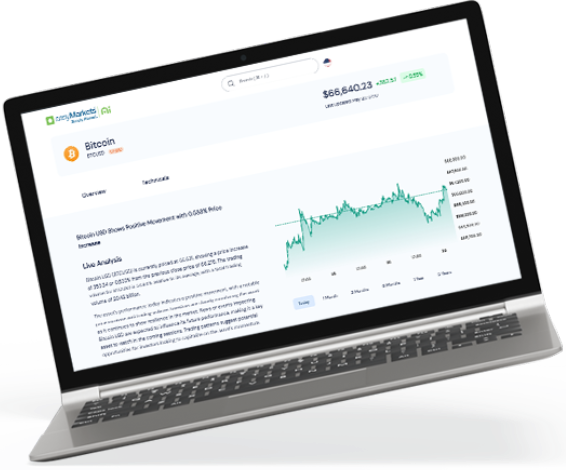Key banking players in the financial markets
Why Central Banks Matter: Central banks set the monetary policies for their nations which directly affect interest rates and therefore currency prices and inflation. They aim to bring stability to their local currencies, maintain stable GDP growth, lower unemployment and increase the overall health of the nation’s economy. For business to succeed they need stable economic environments and international business is particularly sensitive to as they face foreign exchange risk.
A few important aspects of risk management include stop loss placement, position sizing, reward-to-risk ratios, and incorporating other fees such as spreads or transactions costs. All these factor into a trader's account balance and win rate.

Three banking key influencers
The Federal Reserve (the Fed)
The central bank of the US, the Federal Reserve has been around for just over a century with the purpose of creating a stable financial system for the nation. President Wilson signed the Federal Reserve Act in 1913 bringing the Fed to life. The Fed is responsible for setting the country’s fiscal policy with the aim of growing the economy. It regulates banks and other key financial agencies. It is governed by a Board headed up by a Chair. Currently the Chair is Janet Yellen who has a term until February 2018. She also heads the Federal Open Market Committee (FOMC). Traders all around the world watch carefully the announcements coming from the Fed as they may have big impacts on the currency and CFD markets.
The European Central Bank (ECB)
The European Union’s central bank, the ECB aims to maintain price stability in the Eurozone and to grow the common currency’s, the euro, purchasing power. The 28 member-states of the EU are stakeholders in the ECB which was established in 1998 and housed in Frankfurt. Italian Mario Drashi is the current President of the European Central Bank and heads up the executive board that is appointed by the European Council.
The Bank of England (BOE)
The Bank of England, also referred to as ‘the Company’, is the central bank for the United Kingdom. It’s been around since 1694 where it was held by individual stockholders but was nationalized after the Second World War in 1946. In 1998 it became a public entity owned by the Treasury Solicitor. It is the only bank in England and Wales that has the right to issue banknotes. In 2011 it took over the lead in regulating the country’s financial industry. The Governor of the BOE is also the Chair of the Monetary Policy for the UK. Its role is to prepare the monetary policies for the kingdom and oversees economic policy. Currently the Governor is Canadian Mark Carney, the first non-Briton appointed to the role. He was appointed by then Chancellor of the Exchequer, George Osborne. The current Chancellor and Under Treasurer of the Exchequer is Philip Hammond. He is responsible for financial and economic issues at the level of the British Cabinet – similar to a Minister of Finance.
The financial markets are driven by many factors and some central banks have a wider impact on the global economy. Here are three of the key influencers that traders should be aware of and keep an eye out for their announcements.
Since the 2008 crisis central banks around the world have attempted more unusual stimulus programmes to get their economies back on track. They have been loosening monetary policies and introducing measures like quantitative easing to increase the flow of money in the economy and grow consumer confidence. More than ever, investors have been keeping a close eye on central bank announcements and policies for hints as to how the markets may be affected. If you’re investing in a particular currency, commodity or index from a specific country, it may pay to follow the strategies on their central bank. Get the latest updates with the easyMarkets Financial Calendar.














